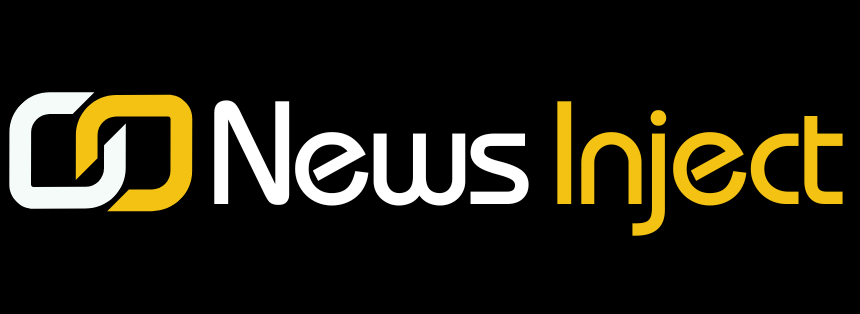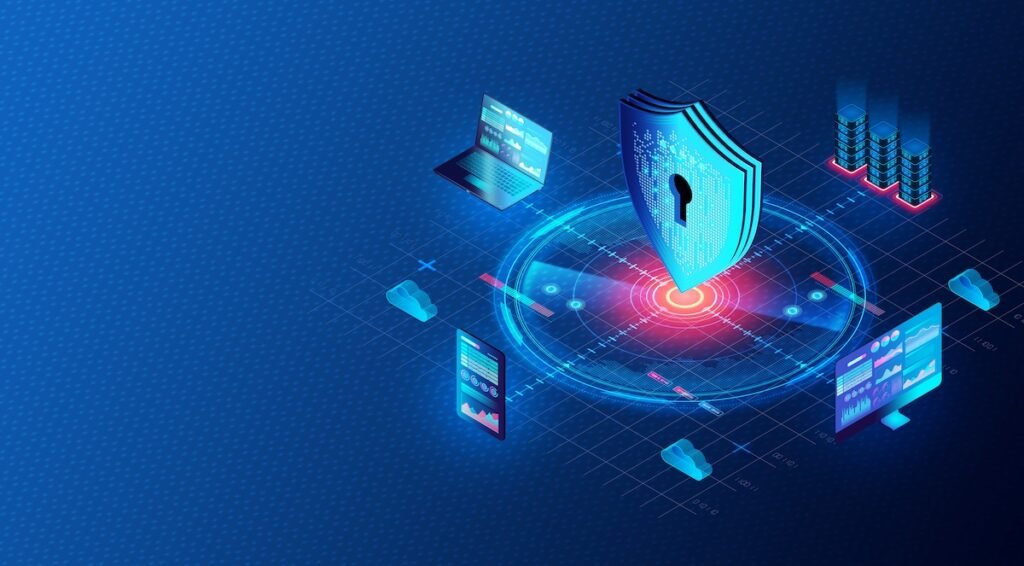The rise of the Internet of Things (IoT), coupled with the ever-increasing demand for faster data processing, has pushed businesses to explore computing models that can keep up with this digital explosion. Traditional cloud computing, while revolutionary in its own right, often struggles with latency, bandwidth limitations, and security bottlenecks. This has given rise to edge computing, a paradigm where computation and data storage are brought closer to the devices generating data.
The global interest in edge computing is undeniable. According to Research and Markets, the edge computing market is projected to grow from $11.24 billion in 2022 to $155.9 billion by 2030, achieving a staggering compound annual growth rate (CAGR) of 38.9%. This kind of growth illustrates not only the promise of edge computing but also the level of reliance industries are likely to place on it in the coming years.
Yet, as with any emerging technology, adoption comes with both opportunities and risks. While businesses are eager to tap into the low-latency, real-time capabilities of edge computing, there are significant challenges that, if left unmanaged, could outweigh the benefits. From security vulnerabilities to cost complexities, data management burdens, and integration challenges, the risks of edge computing demand careful attention.
In this comprehensive exploration, we’ll examine the risks of edge computing, their potential impact on businesses, and strategies to mitigate them.
Understanding the Core of Edge Computing
Before diving into the risks, it is important to revisit what makes edge computing so appealing. Unlike cloud computing, where data is sent to centralized servers for processing, edge computing moves computation closer to the “edge” of the network — where data is actually generated. This setup reduces latency, improves response times, and often lowers bandwidth usage.
Think of it this way: instead of sending all your video surveillance footage to a central cloud server for analysis, edge computing allows the cameras themselves or nearby edge servers to analyze footage in real time. This enables quicker responses in critical scenarios, such as identifying threats or system malfunctions.
From healthcare monitoring devices to autonomous vehicles, from industrial IoT sensors to smart cities, edge computing has become a transformative enabler of innovation. However, as we’ll see, these advantages bring along a new set of risks.
Security Issues Around the Edge
Security is perhaps the most pressing risk associated with edge computing. Unlike centralized systems protected by strong firewalls and consolidated security strategies, edge devices are scattered, distributed, and often located in environments outside of corporate control.
A recent AT&T survey of 1,500 companies revealed that businesses expect to allocate between 11% and 20% of their edge investments solely to security measures. This statistic demonstrates that enterprises are not only aware of the risks but also anticipate them as a major operational concern.
Why Security Is a Challenge at the Edge
- Data processed outside corporate firewalls is vulnerable. Traditional cloud setups benefit from robust centralized security infrastructures. Edge setups, on the other hand, process data locally, often in less secure environments, making them easier targets for cybercriminals.
- Physical tampering risks are higher. Many edge devices are deployed in remote, uncontrolled environments, such as street corners, warehouses, or factory floors. This makes them susceptible to theft, tampering, or physical destruction.
- The attack surface expands dramatically. Deploying hundreds or thousands of edge devices creates more potential entry points for attackers. A single compromised device could serve as a gateway for hackers into the broader network.
- Distributed complexity hinders security oversight. Security teams often struggle to monitor edge devices scattered across wide geographic areas. Unlike centralized servers, edge deployments require decentralized monitoring tools, which are often still maturing.
- Interconnectivity increases exposure. Since edge devices often interact with other systems and devices, a single compromised endpoint could create ripple effects across an organization’s IT ecosystem.
Types of Security Threats
- Distributed Denial-of-Service (DDoS) attacks: Edge devices can be hijacked and used as part of botnets.
- Data interception: Localized data transfer points create multiple interception opportunities.
- Unauthorized access: Poorly configured authentication systems can allow attackers easy entry.
- Insider threats: Edge devices in shared or public spaces are especially vulnerable to misuse by insiders.
Mitigation Strategies
The risks do not imply that edge computing is inherently unsafe. With proper precautions, businesses can secure edge deployments. Solutions such as Secure Access Service Edge (SASE), zero-trust security frameworks, and robust encryption mechanisms are critical in ensuring data integrity and device protection. Regular patching, monitoring, and AI-driven security analytics also play a significant role in building resilience.
The Cost of Edge Computing
Another major concern surrounding edge computing is cost. The benefits — real-time processing, improved performance, and lower latency — are compelling, but deploying an edge infrastructure requires heavy upfront investments and ongoing management costs.
Hardware Expenses
Businesses often underestimate the scale of hardware investments required. Deploying edge computing isn’t just about adding a few devices; it often requires purchasing:
- Routers and switches designed for edge compatibility.
- Servers capable of handling local workloads.
- IoT devices tailored to the business’s specific needs.
- Backup and redundancy equipment to ensure resilience.
These costs escalate quickly, particularly for enterprises with large-scale operations across multiple sites.
Software and Application Costs
Edge computing requires specialized software to manage decentralized devices. Many traditional applications are not designed for distributed computing and must be re-engineered or replaced. This adds to development and licensing costs.
In addition, businesses must consider integration costs — ensuring edge applications can communicate with cloud platforms, existing IT systems, and analytics tools.
Operational and Management Costs
Maintaining edge systems demands skilled staff, constant monitoring, and periodic updates. Companies may need to invest in:
- Managed services providers (MSPs).
- Network upgrades for increased traffic.
- Enhanced cybersecurity resources.
Strategies to Control Costs
To manage costs, organizations often partner with MSPs who specialize in edge deployments. This allows businesses to share expertise, reduce overhead, and ensure efficient management. Furthermore, careful total cost of ownership (TCO) assessments before deployment can prevent unexpected financial strain.
The Sheer Scale of Data
The proliferation of IoT devices has led to a data explosion, and edge computing amplifies this challenge. Each edge device can generate massive volumes of data that need to be stored, processed, transmitted, or analyzed.
The Data Burden
- Storage capacity: Not all data can be processed locally. Some must still be sent to centralized systems, creating a hybrid management problem.
- Bandwidth demands: While edge reduces some bandwidth needs, transferring high-value data back to centralized systems still consumes resources.
- Analytics pressure: Organizations must decide in real time which data to process locally and which to forward for deep analysis.
Companies unprepared for this influx of data risk losing visibility into their network activities. Over time, this can hinder decision-making and reduce the effectiveness of their IT infrastructure.
Addressing the Data Scale Challenge
Effective data governance frameworks, AI-driven filtering mechanisms, and hierarchical storage management can help businesses prioritize critical data while discarding irrelevant or redundant information. A strong cloud-edge hybrid strategy is also essential to balance workload distribution.
Integrating Edge Components into Existing Networks
Deploying edge computing is rarely a plug-and-play process. Many businesses rely on legacy IT systems that were never designed to integrate with distributed edge architectures.
Key Integration Challenges
- Compatibility issues: Legacy systems often lack APIs or communication protocols to connect seamlessly with modern edge devices.
- Network bottlenecks: Upgrading infrastructure to handle the increased traffic from edge devices can be costly and disruptive.
- Geographic distribution: Edge devices often operate in remote or rural locations where network connectivity is weak, complicating integration.
- Vendor lock-in risks: Businesses may find themselves tied to a single vendor’s ecosystem, limiting flexibility and increasing long-term costs.
Overcoming Integration Risks
Organizations can mitigate integration challenges by adopting open standards, investing in scalable infrastructure, and carefully evaluating vendor solutions. Hybrid approaches that balance edge and cloud workloads also provide a smoother transition.
Balancing the Promise and Risks of Edge Computing
Edge computing is not going away — in fact, it is set to redefine digital infrastructure across industries. From autonomous vehicles that require millisecond decision-making to healthcare monitoring systems that save lives through real-time analysis, the benefits are undeniable.
However, businesses cannot afford to ignore the risks. Security threats, cost overruns, data management complexity, and integration hurdles are very real challenges that must be addressed with foresight and strategic planning.
Organizations that take a holistic approach — combining robust security, proactive cost management, effective data governance, and flexible infrastructure planning — will be best positioned to harness edge computing safely. Those who dive in without preparation may find that the risks quickly outweigh the benefits.
Conclusion
The explosive growth of IoT devices and data has made edge computing one of the most exciting frontiers of modern technology. By bringing computation closer to the source, edge computing offers speed, efficiency, and innovation that cloud alone cannot deliver. Yet, it comes with significant risks.
Businesses must understand that deploying edge computing is not just a technological upgrade; it is a strategic transformation. Careful planning, strong security frameworks, cost assessments, and scalable infrastructure are non-negotiable for successful adoption.
Ultimately, the organizations that thrive in this new landscape will be those that balance enthusiasm with caution, leveraging the potential of edge computing while keeping a vigilant eye on its inherent risks.


